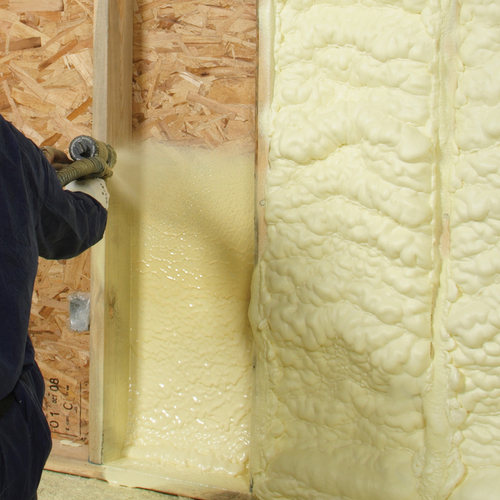Separating Fact from Fiction in Modern Insulation
Spray foam insulation has become one of the most effective and versatile options available today. But as with any innovative building solution, it’s surrounded by myths that create confusion and hesitation. Let’s clear the air by addressing some of the most common misconceptions—and uncovering the truth.
Myth 1: Spray Foam Is Too Expensive to Be Worth It
Fact: While spray foam has a higher upfront cost than fiberglass or cellulose, it often pays for itself through energy savings. Its superior air sealing reduces heating and cooling bills by 20% to 50%, and its longevity means fewer replacements or repairs. When you factor in moisture protection, structural reinforcement, and increased property value, the return on investment is substantial.
Myth 2: Spray Foam Is Only for New Construction
Fact: Spray foam can be used in both new construction and existing homes or buildings. It’s commonly used in retrofit projects to improve air sealing in attics, crawl spaces, basements, and walls. Experienced contractors can access wall cavities through small openings and apply foam without full demolition, making upgrades viable and non-invasive.
Myth 3: Spray Foam Is Toxic and Unsafe
Fact: Spray foam is safe when properly installed by certified professionals. During installation, occupants should vacate the area until curing is complete (usually 24 to 72 hours). Once cured, spray foam is inert and does not off-gas or pose a health hazard. Many spray foam products are now low-VOC and meet stringent safety certifications.
Myth 4: It Causes Buildings to “Over-Seal” and Trap Moisture
Fact: Properly installed spray foam, especially closed-cell, actually helps manage moisture by preventing water vapor and condensation from entering wall assemblies. Modern building science supports air-tight construction as long as it’s paired with appropriate ventilation. In fact, poorly sealed homes are more prone to mold because of uncontrolled air and moisture flow.
Myth 5: It’s Not Environmentally Friendly

Fact: While some older spray foams used high-global-warming-potential (GWP) blowing agents, many modern products use environmentally friendly alternatives. Additionally, the energy savings provided by spray foam greatly reduce a building’s carbon footprint over its lifetime. Long-lasting performance also means less material waste over time.
Myth 6: Spray Foam Damages Roofs or Framing
Fact: Spray foam does not damage roof decking or structural framing when installed correctly. Closed-cell foam can even strengthen walls and roof assemblies by adding rigidity. Concerns usually arise from improper installation, such as applying foam to wet or compromised surfaces. With proper prep and ventilation, spray foam enhances structural resilience.
Myth 7: You Can DIY Spray Foam Easily
Fact: While DIY kits exist, spray foam requires specialized equipment, safety gear, and training to apply correctly. Poor application can lead to improper curing, missed air leaks, and even structural issues. For lasting performance and peace of mind, it’s best to work with licensed professionals.
Final Thoughts
Spray foam insulation is a high-performance solution that delivers long-term value, energy savings, and building protection. While misconceptions persist, most concerns stem from outdated information or poor installations. When installed properly, spray foam is safe, effective, and adaptable to many types of structures. By understanding the truth behind these common myths, homeowners and builders can make smarter, more confident insulation choices.




